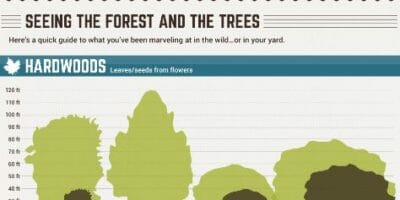Post-Tree Elimination Treatment: How To Recover Your Landscape Effectively
Post-Tree Elimination Treatment: How To Recover Your Landscape Effectively
Blog Article
Produced By-McMillan Massey
After a tree's removal, your landscape might look rather different, and it's vital to analyze the aftermath thoroughly. You'll intend to assess the soil disturbance and check surrounding plants for any indications of anxiety. Neglecting these elements can result in larger issues down the line. So, what should you make with those stumps and origins? And just how do you select the best plants for your rejuvenated area? Let's explore these important actions.
Examining the After-effects: Examining Your Landscape
After a tree elimination, it's vital to analyze your landscape to recognize the effect it has on your backyard.
Begin by analyzing the location where the tree stood. Search for indicators of dirt disruption, and inspect the bordering plants for any kind of tension or damages.
You need to additionally remember of just how the elimination has actually transformed sunlight exposure and air flow in your garden. This shift can influence the development of nearby plants, so it's important to review their wellness.
Take into consideration the visual elements too; the removal could develop an open space that you can redesign.
Ultimately, think of any type of possible disintegration issues that may develop from the tree's absence. Resolving these variables early will assist bring back equilibrium to your landscape.
Managing Stumps and Roots: Alternatives for Removal
When you've examined the after-effects of the tree elimination, you'll likely need to deal with the stump and roots left behind.
You have a couple of alternatives for removal. One efficient technique is stump grinding, where a professional uses an equipment to grind the stump down to below ground level. This strategy leaves minimal interruption to your landscape.
If you prefer a do it yourself technique, you can make use of a combination of excavating and chemical stump cleaners. Just bear in mind, this procedure can require time and effort.
Conversely, take into consideration leaving the stump as an all-natural feature, which can function as an one-of-a-kind yard component or habitat for wild animals.
Whatever you select, resolving the stump and roots is important for restoring your landscape.
Selecting the Right Plant Kingdoms for Your New Space
As you assess your freshly cleared space, selecting the right plants can considerably enhance your landscape's elegance and performance.
Start by thinking about the sunlight and dirt conditions. For bright areas, choose drought-resistant plants like lavender or succulents. In shaded areas, ferns and hostas thrive well.
Think about the dimension and development habits of your plants; mix perennials and annuals for seasonal variety. Don't fail to remember to include native types; they require less upkeep and support neighborhood wildlife.
Group plants in weird numbers for an extra natural appearance and create layers for aesthetic depth.
Finally, guarantee you have a mix of colors and textures to maintain your landscape vibrant throughout the periods.
Satisfied https://best-way-to-burn-out-a-st06273.myparisblog.com/35849796/the-indispensable-guide-to-stump-grinding-strategies-advantages-and-expenses !
Final thought
Finally, restoring your landscape after tree removal is a rewarding procedure. By examining the after-effects, addressing stumps and origins, and selecting the right plants, you'll develop a successful setting. Don't forget to include erosion control measures to protect your dirt. With a little initiative and treatment, you can transform your space into a vivid garden that enhances your home. Welcome How To Prune A Peach Tree to revitalize your landscape and appreciate the beauty of nature right in your backyard!
